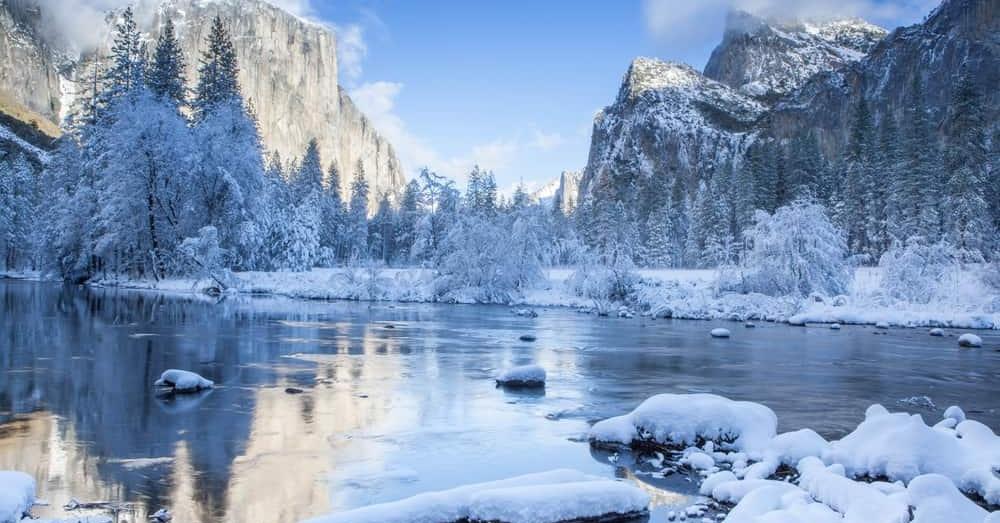Yosemite National Park, located in the heart of California’s Sierra Nevada Mountains, is a breathtaking natural wonder that attracts tens of thousands of visitors each year. A bulk of the visitors make their trip in the summer months, however, the winter months offer a unique winter landscape that goes underappreciated. Making a visit during the winter months requires careful planning and a keen awareness of the unique safety challenges posed by this season. Follow these tips to plan a safe trip during the park’s gorgeous off season months.
Yosemite’s Winter Environment
Yosemite’s winter weather is characterized by heavy snowfall and unforgivingly frigid temperatures. Be sure to prepare for rapidly changing weather conditions and reduced visibility due to fog and snowstorms. During the winter months, daylight hours are limited so plan your activities accordingly.
Preparing for Your Winter Trip
Research and Planning
Before setting off, check the National Park Service’s website for updates on park alerts and road closures. Double check any reservations for accommodation and make sure any necessary permits are secured. Some permits may be seasonal due to different winter restrictions.
Packing Essentials
Dress in layers to stay warm and dry. Special winter gear and equipment such as snowshoes or cross country skis may be necessary for more adventurous travelers. Bring enough food and water as there aren’t many shops within the park.
Driving Safety
Motor vehicle accidents are the fifth highest cause of death within Yosemite. Yosemite’s already treacherous roads are even more dangerous when snow and ice are added into the mix.
Road Conditions and Tire Chains
Check road conditions and carry tire chains as they will likely be required. Before your trip, test fit the vehicle chains to ensure proper fit and functionality. Ensure the vehicle is properly maintained and winter-ready with proper maintenance, ensuring antifreeze is topped off.
Drive Cautiously
Never drive faster than the conditions allow. Pay attention to all road signs and warnings. Black ice is a common occurrence on Yosemite’s roads. Stay extra vigilant when temperatures are below freezing. Minimize distractions by having a passenger navigate so the driver can focus on the road ahead.
Staying Safe in Cold Conditions
Frostbite and Hypothermia Prevention
Familiarize yourself with the early signs of cold-related injuries. Here are some symptoms to look out for:
- Uncontrollable shivering
- Sleepiness
- Confusion
- Slurred speech
- Headache
- Drowsiness
- High body temperature
- Rapid pulse
If these symptoms begin to show, you can:
- Move to a warm, dry area
- Remove any wet clothing
- Warm the body, starting at the center of the body first including the chest, neck, and head
- Seek medical aid
Properly Insulate Your Shelter
If camping is on the agenda, ensure the shelter is properly insulated to keep the cold air out and trap warmer air inside. Use insulated sleeping bags for added protection from the elements.
Emergency Preparedness
Communication Plan
Inform a trusted friend or family member of your visit and communicate a contingency plan if they do not hear back from you after a certain date and time. If possible, provide a full itinerary including where you are planning to stay and hike.
Essential Emergency Items
Carry essential emergency items such as a first aid kit, flashlight, extra clothing, and a reliable map or GPS device that works without signal. Cell phone coverage is limited within the park, so plan accordingly.
Enjoy an Underappreciated Gem
Taking a trip to Yosemite during the park’s off season can be a beautiful and one-of-a-kind experience. The park’s inherently dangerous characteristics are compounded when the harsh winter takes effect. By sticking to these tips any adventurer will be adequately prepared to handle most conditions. Yosemite’s winter beauty is just around the corner. Make the most of your visit!

